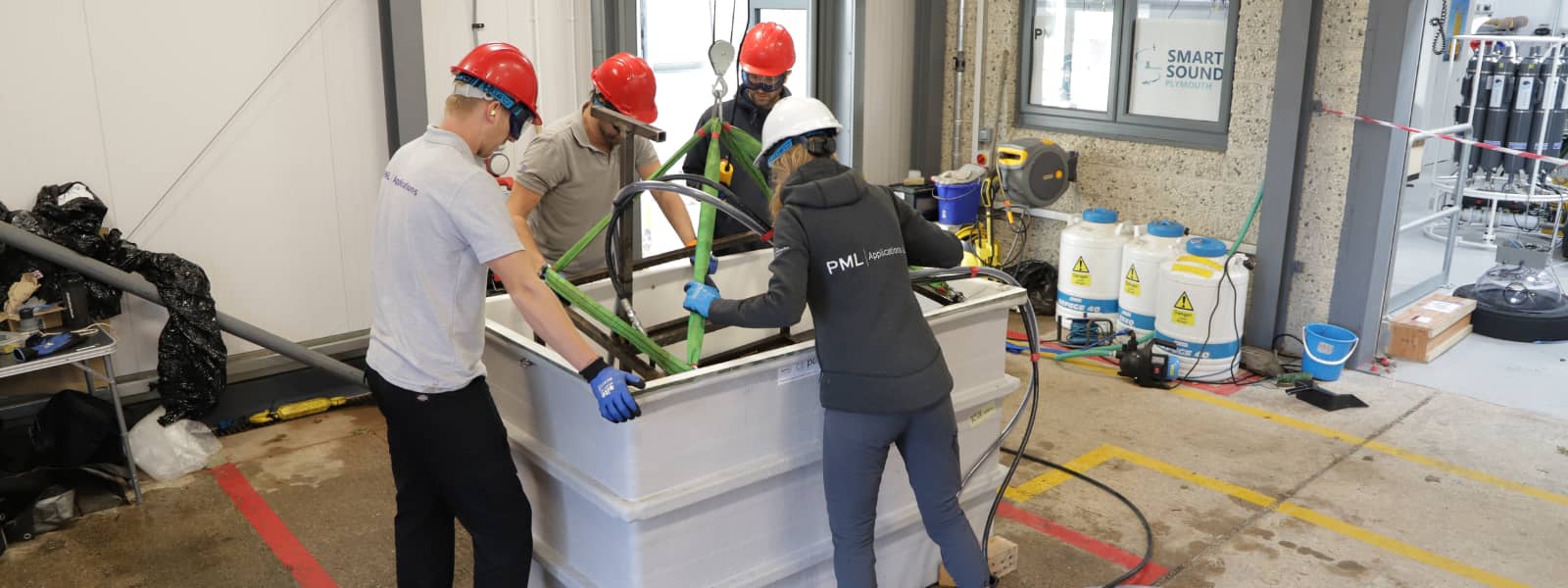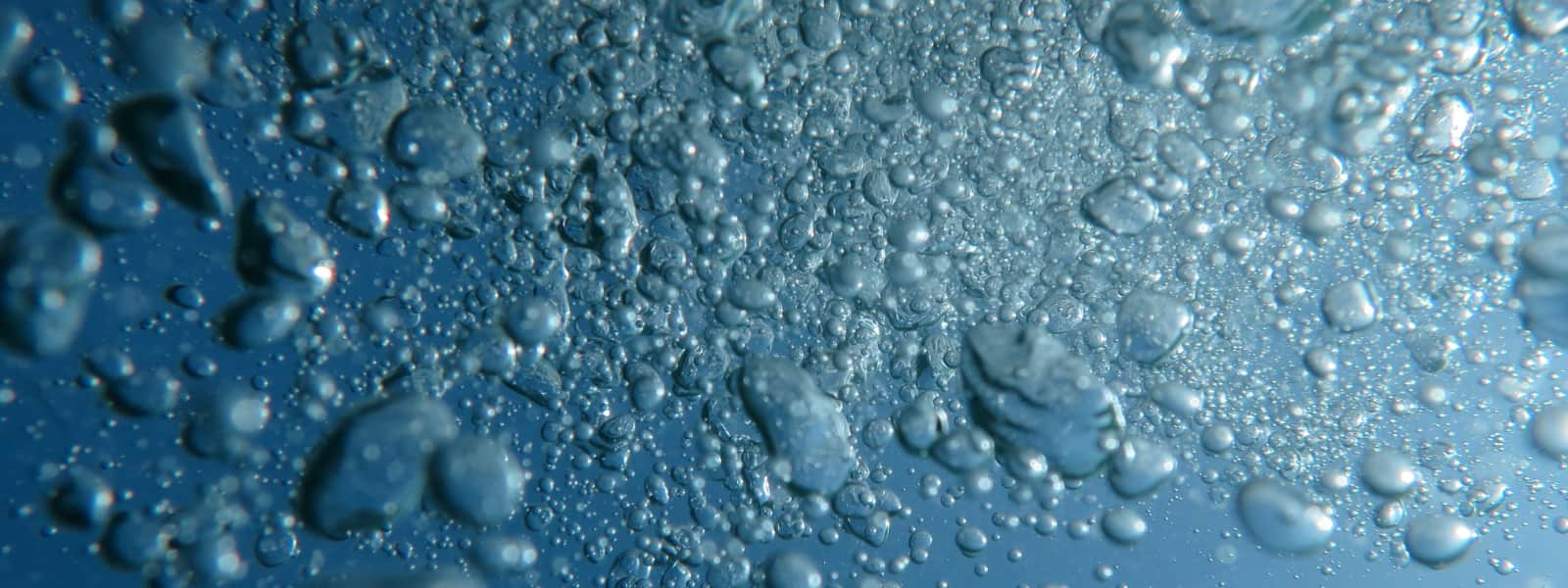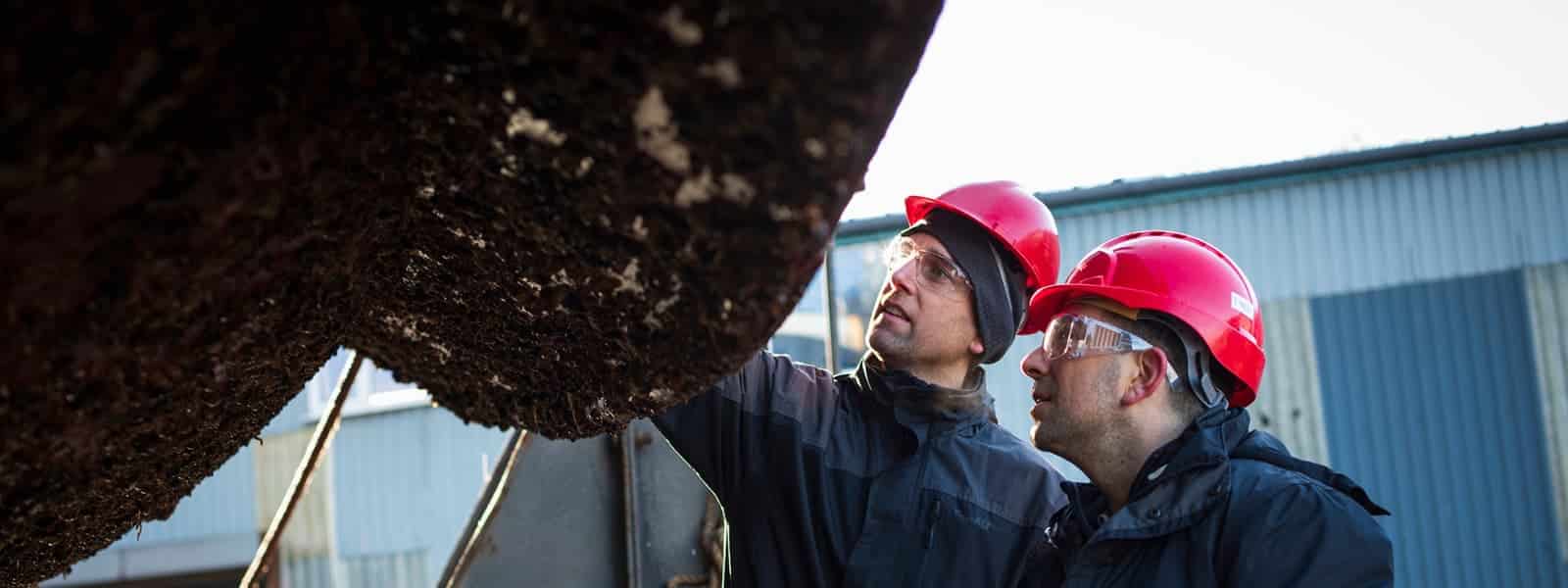In a project by PML Applications’ Centre for Marine Biofouling and Corrosion, commissioned by the UK Ministry of Defence, the effects of in-water cleaning (IWC) were studied in various trials to address pollution concerns and provide data that can be used in real-world scenarios to inform decision-making for their specific areas of jurisdiction.
The main finding from this trial is that high-quality coatings combined with compatible cleaning methods release the same amount or less pollution than during passive release of a standard biocidal SPC coating. If closed-circuit cleaning and filtration, non-biocidal coatings, and/or proactive cleaning are used, the pollution risk is further reduced.
PML Applications carried out water-quality tests for:
- Metals used as biocides
- Microalgal growth assay
- Biocidal and antifoul paint particle (APP) release
- Ecotoxicological effect, i.e. the effect and the direct impacts of the actual paint particles on local benthic organisms
The project provided data and analysis to answer key questions about the environmental impact of IWC while testing variables such as the type of coating and cleaning method. This work was part of a large-scale project; a paper including full tests and results will be published later this year.
In a presentation at the PortPIC 2025 conference in Germany, by Anna Yunnie, Principal Consultant and Lloyd Rees, CMBC Operations Manager, titled ‘Biocide and Antifoul Paint Particle Release During In-Water Cleaning and Impacts on Marine Invertebrates’, they addressed three of these important questions.
Is in-water cleaning going to cause marine pollution?
With the appropriate cleaning methods, there were significantly lower levels of pollution generated than when the control group SPCs were cleaned.
Any contact with marine coatings is likely to cause release of material, but in this study, we found that the high end performance coatings released significantly less biocides than a standard biocidal coating AFC used by the majority of the international fleet.
In fact, levels were so low that they were comparable to the phenomenon known as ‘passive release’. This is when an effective biocidal coating continually releases biocides to maintain a biofouling-free surface, even when alongside in port, estimated to be at levels of 10mg/10cm2 per day. The team calculated that if high performance coatings are cleaned with compatible systems, levels of biocidal release during one clean can be less than would be passively released in a single day while simply sitting alongside at port.
What types of pollution might it cause?
The study investigated antifoul paint particles (APPs) by quantifying the amount released and characterising the size, also looking at biocidal release of copper.
Paint particle release from biocidal and non-biocidal coatings was not detectable when cleaned with compatible cleaning systems. Cleaning with harsh methods did show significant release of particles and metals, but neither the coating manufacturer nor the cleaning companies would advocate such abrasive cleaning.
In the benthic organisms test, non-biocidal coatings resulted in no mortality of any of the marine organisms and no changes in behaviour such as feeding and burrowing; animals even maintained normal weight gain when compared to control organisms.
With experimental levels of APPs, the biocidal coatings did result in mortality but the levels of APPs used in the toxicology trial were significantly higher than the levels seen to be released during the cleaning trial of these high-end coatings.
Toxicology results showed that with biocidal coatings, half the organisms died when the concentration was between 15 and 24 grams per litre, which is significantly higher than the actual release levels, as detailed below.
How much pollution might occur from a single cleaning event?
Most of the coatings produced levels of release below the limits of detection. The highest level of copper release, from the biocidal SPC, was well below the expected concentration likely to cause acute harm This was measured at the most conservative level by taking the surface volume of per litre of a cubic metre over the entire hull of a frigate and not diluted further with tidal currents. The non-biocidal SPC released detectable levels of paint particles, calculated at only 0.1m2 over the entire underwater surface of a frigate. This equates to the same or less pollution than occurs during passive release.
Conducting the Trial With Bespoke Equipment Designed by PML Applications
The test initially screened 14 different coatings, including static and dynamic, in temperate and warm water, to identify coatings that worked for the MoD requirements. Four coatings were chosen, plus controls, and were tested in cleaning trials using two commercial IWC brushes and a high-pressure water jet system. All cleaning was carried out with professional input and was practised on spare panels to ensure that optimal settings were used on each coating. It is also important to note that the manufacturers of the coatings used in this trial do not currently recommend using abrasive cleaning methods. However, in this trial, the MoD also wanted to understand the impact of longer idle periods and harsher cleaning methods.
Built for the UK Ministry of Defence to test whether in-water cleaning would cause a pollution event, the trial was specifically for Royal Navy surface ships. The trial was commissioned due to the MoD requesting permission to conduct in-water cleaning. It was important to understand the potential impact of IWC in order to avoid a pollution event.
The four types of coatings tested were:
- A biocidal SPC
- A biocidal foul release
- A non-biocidal SPC
- A non-biocidal foul release
The controls included a primer coating as a negative control to show fouling pressure while the coated test panels were deployed in the marina before the trial, pure copper panels as a positive control, and a standard commercial 3 year biocidal SPC for metals testing as a point of comparison for the results.
The logistics of the trial involved designing a small-scale in-water test system to test multiple coatings and cleaning systems in a repeatable, controlled manner, ensuring consistent cleaning time and settings. The tank enabled the team to capture all biocidal coatings and debris removed during the cleaning process.
Trials such as this are vital to our understanding of the effects of in-water cleaning on organisms and water quality. By conducting controlled tests with variations on the type of coating and the cleaning method used, we now have data to support the best methods and coatings for in-water cleaning. With more and more ports now enforcing biosecurity regulations, this trial answers key questions about the best ways to manage biofouling. Reducing biofouling not only improves fuel efficiency, which reduces costs and GHG emissions, it also protects marine biodiversity, meaning negative environmental impacts are reduced with the added bonus of saving money. The full paper covers this information in much more detail as well as answering further key questions.



